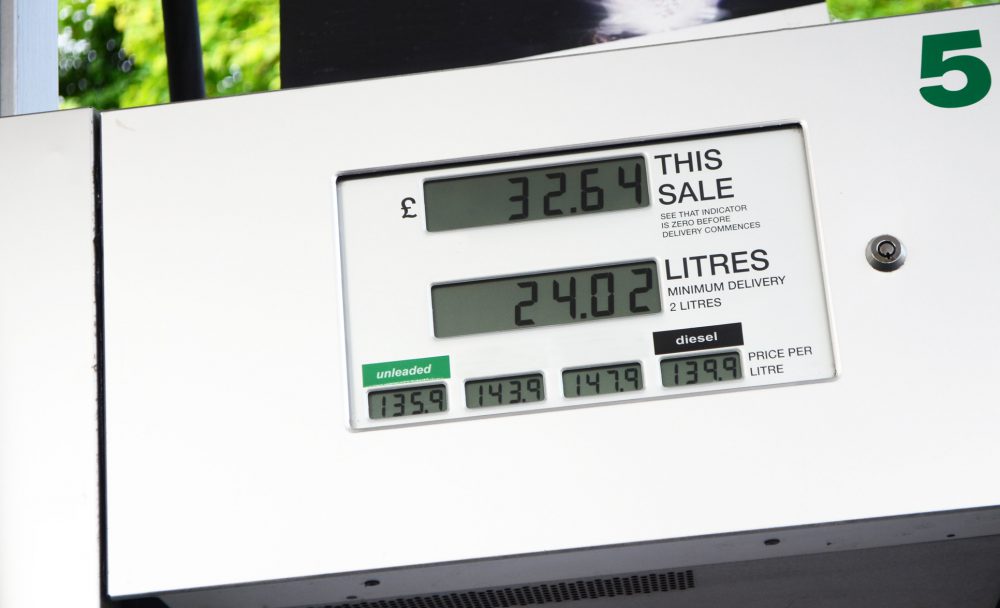
While COVID-19 vaccinations are generally very welcome, one of the less pleasing side-effects is likely to be an increase in the price of fuel.
But if the price at the pumps does go up, you can offset some of it by watching how you drive, how you look after your car and where you fill up. Here we look at six simple steps that will save fuel and therefore money.
Become a hyper miler
Hypermiling started in the US and is now a catch-all term for drivers who do their utmost to save fuel. Some take it to extremes such as parking so their car faces the sun to save defrosting their windscreen in the morning.
But there are some simple driving techniques hypermilers use. They try to look as far up the road as possible. This helps them to anticipate when they might have to slow down, enabling them to save valuable fuel by taking their foot off the accelerator.
Hypermilers also try to drive for as long as possible without touching the brake pedal. And they aim to be as smooth and gentle with the car’s controls as possible.
Maintain your car properly
Our experts have said it before: a well-maintained car is an efficient car. Having a car serviced when its manufacturer says you should not only prevents unexpected breakdowns, it also helps to save fuel. This is because when an engine is properly serviced, it’s working as efficiently as its designers intended.
Checking your tyres regularly will also help to save fuel. Tyre maker Continental says a tyre that’s underinflated by 0.3 bar (4.3psi, around 13 per cent) will increase fuel consumption by about 1.5 per cent.
Random tests frequently show that the majority of us have tyres that are underinflated to some degree, which makes for an awful lot of wasted fuel over a year. Tyres that are under the recommended air pressure also wear out more quickly and are more susceptible to punctures and sudden failures or blow outs.
Watch your speed
The faster you go, the harder your engine has to work to push your car through the air. But drive slower and your journey will take longer, more time for your engine to burn fuel. The best compromise is to find your car’s optimum speed. In most cars, fuel consumption starts to increase as you go past 50mph. We’re not suggesting you cruise along the motorway at 50mph. But if you don’t already, you might want to stick to the speed limit more rigorously.

Save weight
The more weight a car is carrying, the harder the engine has to work to move it away from a standstill. Car makers these days go to extreme lengths to shave a few kilograms here, a few grams there from a car’s mass. So make sure you’re not undoing all their hard work by carrying unnecessary rubbish around.
Remove the roof bars
Car makers spend thousands of hours working in wind tunnels. Their aim is to make their cars more wind cheating. We then go and undo all that hard work by adding roof bars and roof boxes. When you’re not using them, remove these and you’ll instantly improve your fuel economy.
Buy cheap fuel
There are websites and smartphone apps that will tell you the price of fuel near to where you are. Supermarkets usually have the cheapest fuel. But you might find that big fuel brands nearby match or even beat their prices. And if you can, try to fill up before you hit the motorway. Their fuel tends to be significantly more expensive.
We’re supporting Highways England’s ‘Go Left’ campaign. If you break down on the motorway, remember to go left.
